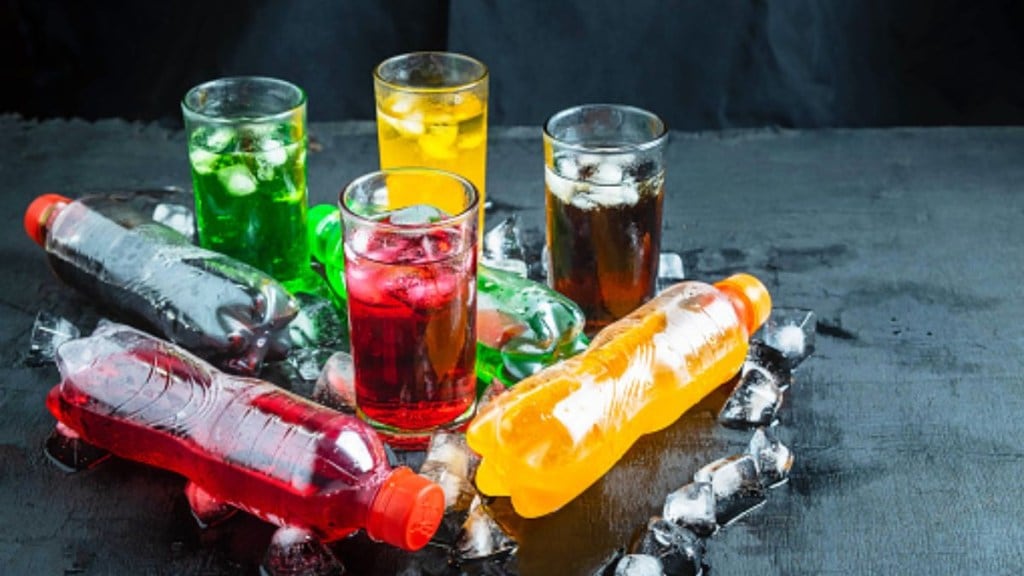Sales of cold beverages have been soaring for the past one month with the early onset of summer. Soft drink and juice makers have reported a 30-35% year-on-year jump in sales in February, which is unusual for the month.
Traditionally, sales start increasing from March-April, but with February recording higher than usual temperatures, sales of summer products in terms of appliances and beverages have jumped.
“We are excited about what an early onset of summer could signify for the beverage sector in 2023. Most of our high-octane brand summer campaigns are being launched in February itself. We look forward to a great summer and are optimistic that our portfolio of well-known brands, such as Pepsi, 7UP, Mirinda, Slice, Sting, and Mountain Dew, will be able to meet consumer demand for refreshing, high quality beverages to help them beat the heat,” George Kovoor, senior vice president (beverages), PepsiCo India, told FE.
Ice cream makers have also seen a pickup in demand in the last few weeks.
“Normally, we expect annual sales of 30-35% in the first quarter of the fiscal. We expect 2023-24 to be a year of robust growth not only for us, but for the entire industry. With summer setting in early, we are well-prepared with a widened reach, enhanced availability across the country and an exciting lineup of innovative products across categories,” said Mohit Khattar, CEO, Graviss Foods, which operates Baskin Robbins in India.
He said that in the off-season, too, the company has beaten its earlier sales numbers. “In the current financial year, there was a noticeable boost in consumption even during off-season months. In fact, our off-season sales were marginally ahead of peak pre-Covid season sales. Additionally, our new product categories have been received well,” he said.
Piruz Khambatta, chairman and managing director, Rasna, said the sales for January and February have been up by about 35% over the same period in the last two years. “We expect a similar trend to continue for the peak summer months as well, provided it is a long summer and monsoon does not set in early,” he said.
However, there are challenges to production due to unavailability of mangoes, leading to the price of the fruit’s pulp soaring to `100-`110 per kg — almost 50% more than the usual. Logistics challenges that started during the pandemic have not been streamlined completely, and labour mobilisation and availability also pose difficulties, according to the companies.
However, in terms of prices, companies do not expect much of an increase. “The prices have already come down when compared to last year. We are not looking to take price hikes that we took last year — which is true of most industry players. As cost of packaging has come down and sugar is also slightly down over last year, we do not anticipate any major price increase, apart from the average price increase of 3-4%,” Khambatta said.
While soft drinks is a large market in India, there is low per capita consumption when compared to both developed and developing markets.
“Even in the largest category of CSD (carbonated soft drinks), per capita consumption stands at 4-5 litres per year, which is significantly lower than the world average of ~30 litres, ~10 litres in China, and 100+ litres in the developed markets such as the US. Notably, per capita consumption has nearly doubled in the last decade,” analysts at Jefferies said in a recent report.
The key growth drivers for the category include rising disposable income, a young demographic, increasing urbanisation, innovative offerings introduced by players, and growing rural availability and penetration.

